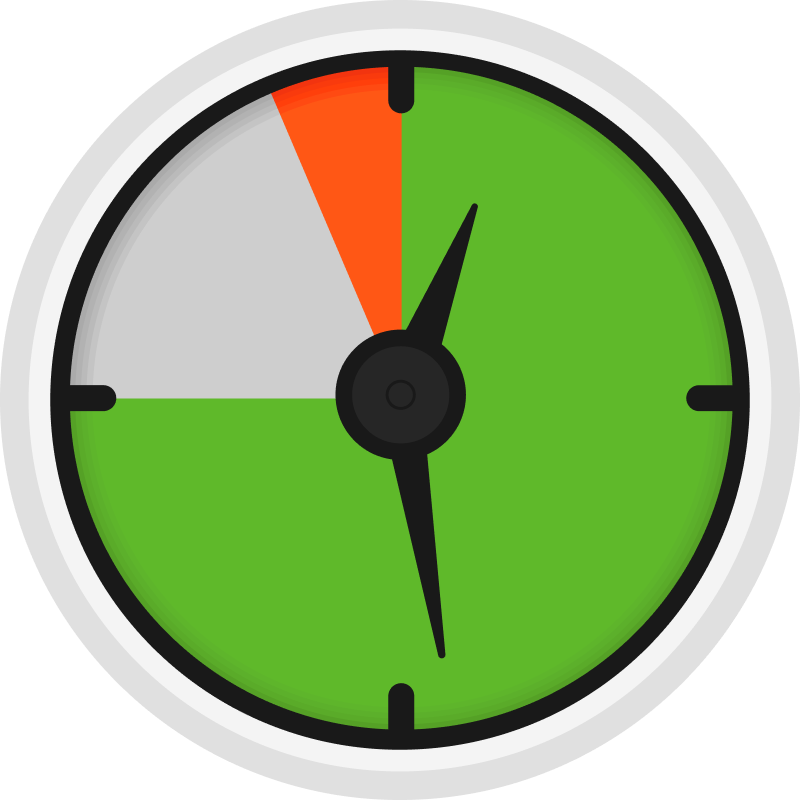225 reads
We Tested if Virtual Coworking Improved our Team’s Productivity
by
September 8th, 2021
Audio Presented by

A desktop and mobile app for tracking time & productivity and effective workflow management.
About Author
A desktop and mobile app for tracking time & productivity and effective workflow management.